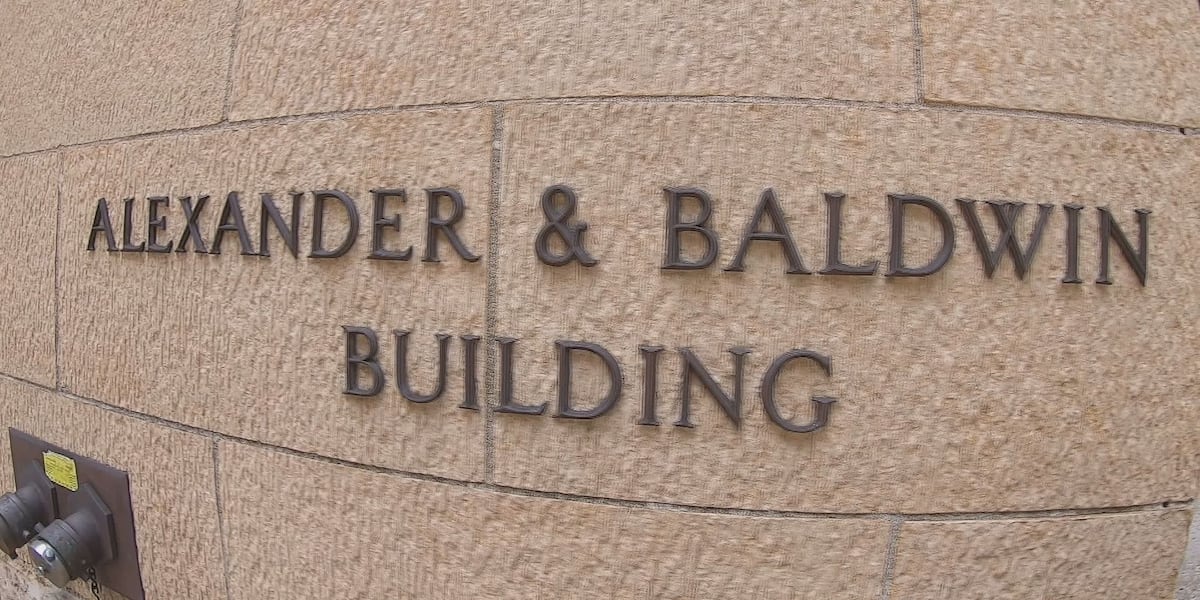S
ellers outnumber buyers by 36.8% in October, the widest gap since 2013, according to a new Redfin study. While this imbalance should theoretically give buyers more leverage, home prices remain roughly 2 % higher year‑over‑year, keeping affordability tight.
Redfin’s data show a disconnect between the two sides. Sellers, especially those not forced to move by job changes or other life events, are reluctant to lower asking prices. “They’re focused on recouping their investment,” says Denver‑area Redfin Premier agent Matt Purdy. “Buyers, on the other hand, want a lower monthly payment. That mismatch makes it hard for both parties to agree.” When sellers must sell, buyers have more options and can negotiate harder.
Buyer enthusiasm is also muted. Consumer sentiment is low, and economic uncertainty is making many postpone large purchases like homes or cars. Despite the seller‑heavy market, the lack of buyer confidence keeps activity sluggish.
Looking ahead, economists see potential for a shift in 2026. Bright MLS Chief Economist Lisa Sturtevant notes that lower mortgage rates and improved affordability could boost home‑buying activity, though a dramatic spike in sales and listings is unlikely. The longer the seller‑buyer imbalance persists, the greater the chance that affordability will improve by 2026.
Regional dynamics vary. Texas and Florida remain the strongest buyer markets, measured by the seller‑to‑buyer ratio. In October, San Antonio led the 50 largest metros with 18,467 sellers versus 8,497 buyers—117 % more sellers. Austin followed with a 115 % surplus, and Miami trailed at 108 %. These markets still favor buyers despite the overall seller advantage.
Conversely, six metros favor sellers: Nassau County (NY), Newark (NJ), Montgomery County (PA), New Brunswick (NJ), Milwaukee, and Cleveland. Nassau County has the most pronounced seller advantage, with 37.4 % fewer sellers than buyers.
In sum, the October snapshot shows a market tilted toward sellers, yet buyers retain some negotiating power. Affordability pressures persist, but expectations for a 2026 turnaround hinge on mortgage rates and broader economic sentiment.













